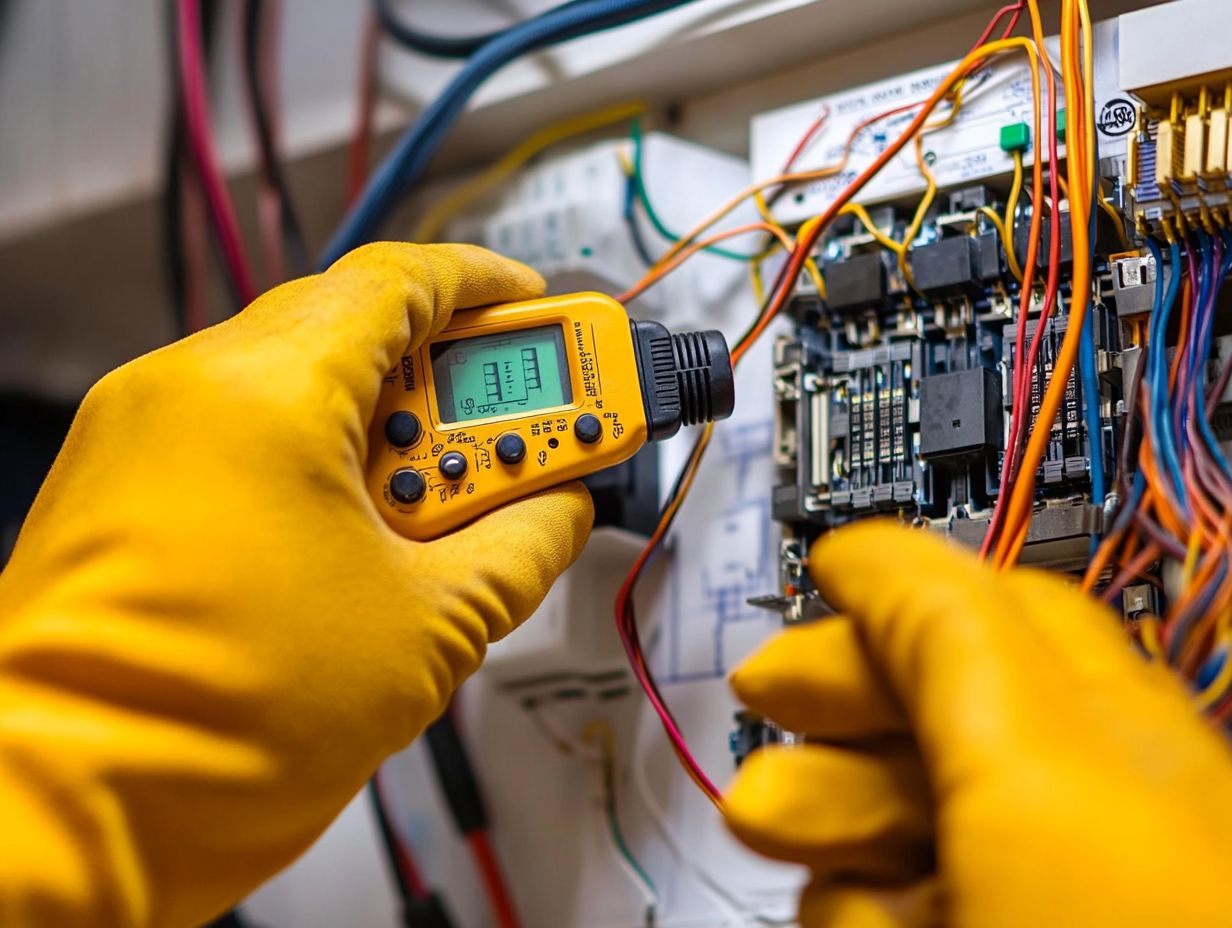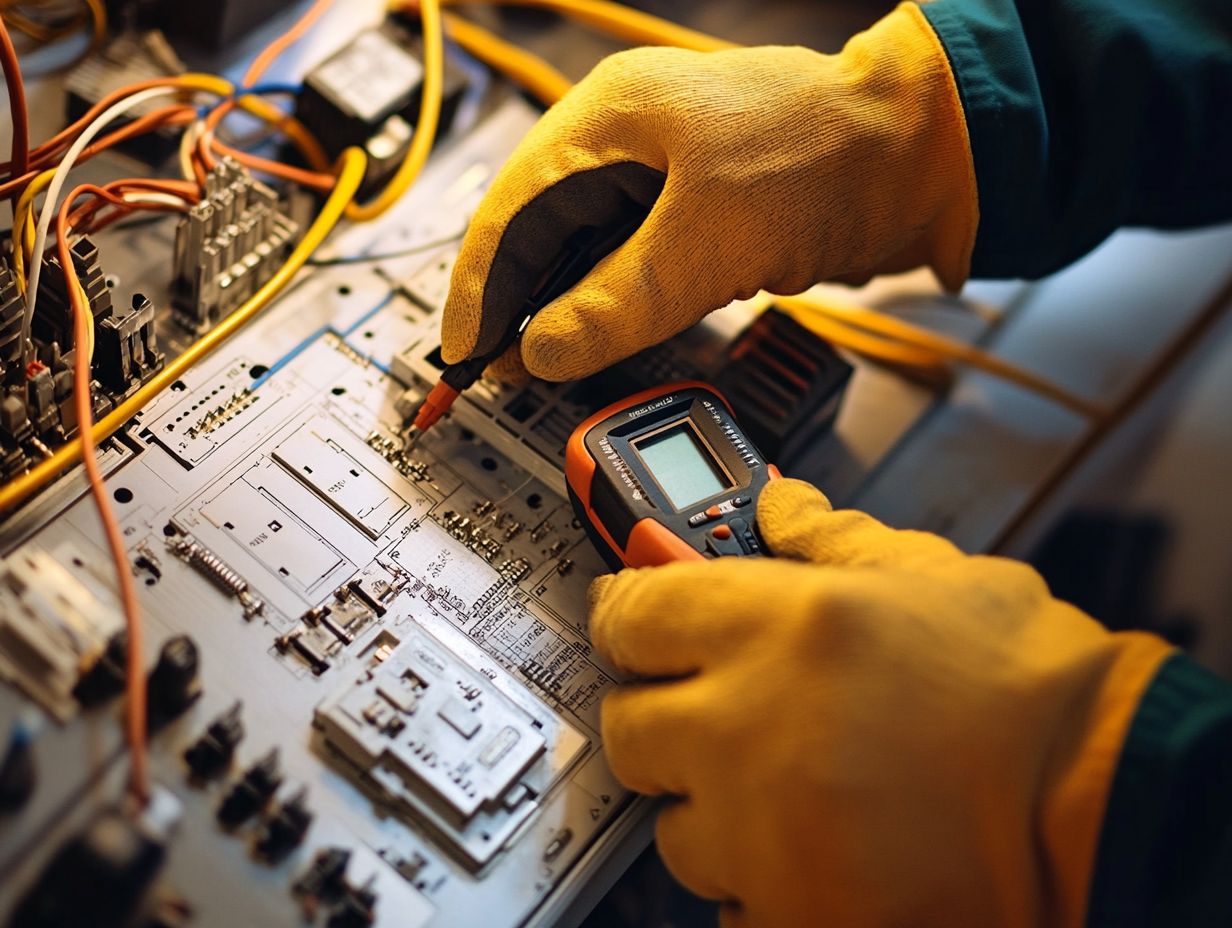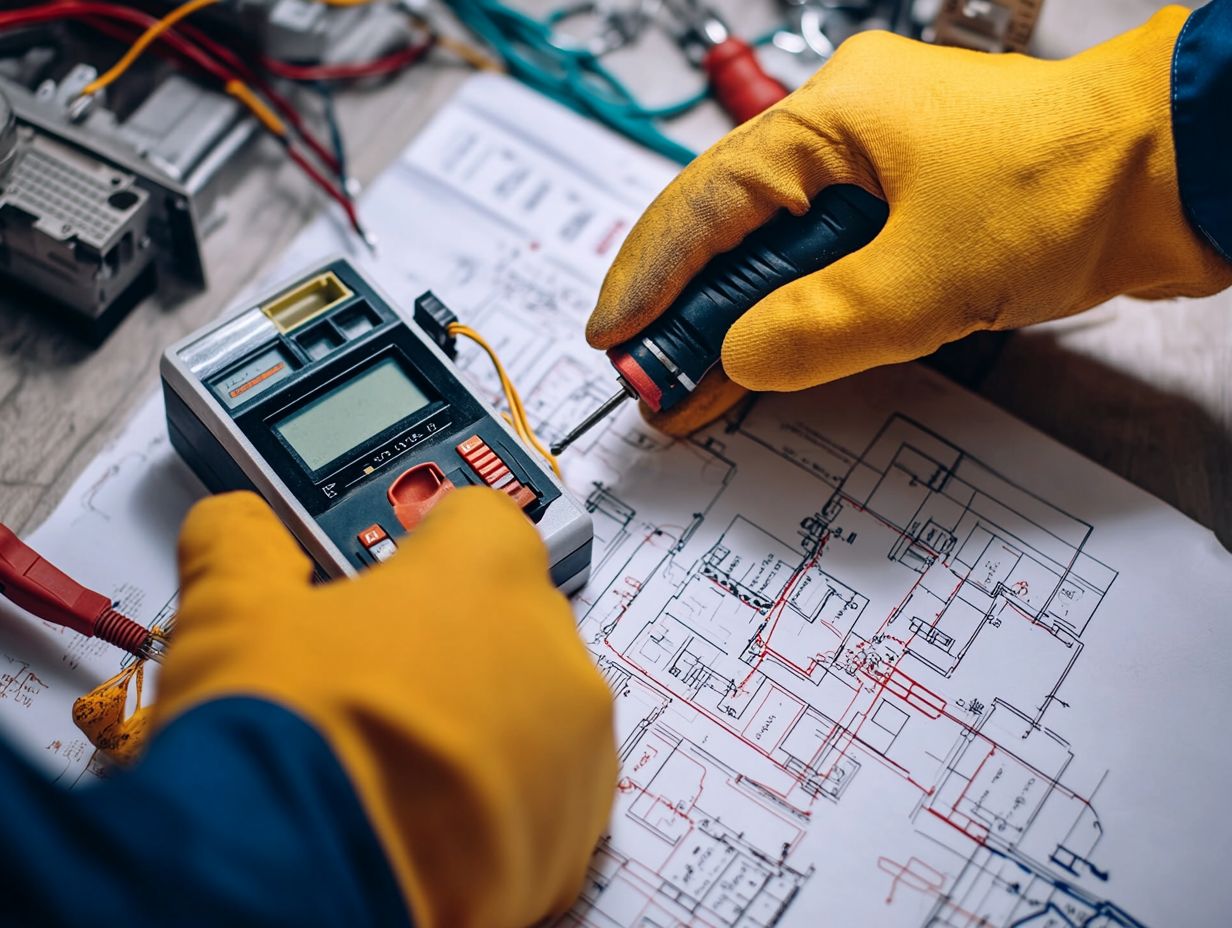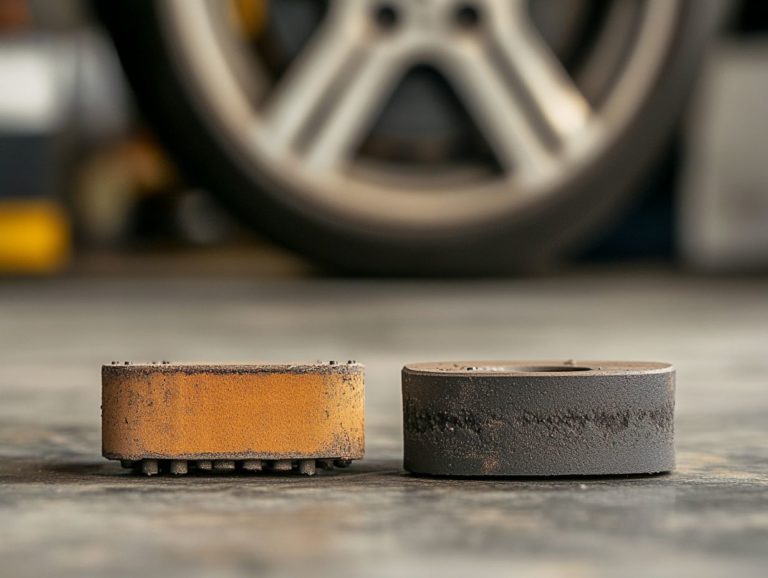How to Troubleshoot Common Electrical Issues?
Electrical issues can disrupt your daily life, but understanding them doesn’t have to be overwhelming.
This guide helps you pinpoint the source of common problems and provides effective troubleshooting tools and techniques.
It also tells you when to call a professional for complex issues and shares essential maintenance and safety tips to prevent future complications.
Get ready to tackle any electrical challenge confidently!
Contents
- Key Takeaways:
- Identifying the Source of the Issue
- Fixing Minor Electrical Issues
- When to Call a Professional
- Preventing Electrical Issues
- Frequently Asked Questions
- 1. What are some common electrical issues that homeowners face?
- 2. How can I troubleshoot a circuit breaker that keeps tripping?
- 3. Why do my lights flicker or dim without any apparent reason?
- 4. What should I do if an electrical outlet is not working?
- 5. How can I prevent frequent power outages in my home?
- 6. What should I do if I smell burning or see sparks from an outlet or appliance?
Key Takeaways:

- Identify the issue by using the right tools for troubleshooting.
- Fix minor electrical issues with step-by-step solutions to prevent further damage.
- Know when to call a professional and prioritize safety through regular maintenance.
Understanding Common Problems
Knowing common electrical problems in your home is essential for a safe and efficient system.
Signs like flickering lights or strange noises from outlets can greatly enhance your day-to-day safety. For instance, flickering lights might indicate a loose connection or overloaded circuits, which can lead to hazards if not addressed quickly.
Frequent tripping of circuit breakers might suggest underlying issues from overloaded circuits or aging panels. Pay attention to unexplained spikes in your electricity bill; these could point to larger issues like devices using power when they are off or defective appliances using too much power.
Addressing these common problems not only protects your home but also boosts energy efficiency.
Identifying the Source of the Issue
Finding the source of electrical issues is key for effective troubleshooting. Whether you’re facing flickering lights or an unresponsive switch, diagnosing these problems can vary in complexity based on your electrical system’s layout.
By following thorough troubleshooting steps, you can isolate the issue. Recognizing when to call in a professional electrician is equally important for more intricate problems.
Tools and Techniques for Troubleshooting
Having the right tools is crucial for successful electrical problem diagnosis.
Beyond multimeters and voltage testers, tools like circuit analyzers and clamp meters are invaluable for complex issues. These instruments provide real-time data on current flow and power quality, helping you pinpoint problems that may not be immediately visible.
A solid set of insulated hand tools, such as screwdrivers and pliers designed for electrical work, ensures safety during repairs.
Proper documentation like service manuals and schematic diagrams can clarify the functionality of components, aiding your troubleshooting process.
Fixing Minor Electrical Issues

Fixing minor electrical issues at home can be straightforward with the right knowledge and tools.
Common issues, like a faulty light switch or warm outlets, can snowball into bigger problems if ignored. By addressing these promptly, you enhance your electrical system’s functionality and reduce the risk of circuit breaker trips.
Using simple repair techniques can save you significant fees from professional electricians, keeping your home safe and energy-efficient.
Step-by-Step Solutions
Using simple steps to tackle minor electrical issues is a smart way to ensure the safety and functionality of your home s electrical fixtures.
Start by pinpointing the problem, whether it s a faulty light switch or flickering light bulbs. Gather the necessary tools for troubleshooting.
Taking a methodical approach simplifies the repair process and minimizes the risk of further complications.
Before diving in, make it a priority to turn off the power at the circuit breaker, which is a safety device that shuts off the electrical flow when there’s a problem, to avoid any electrical hazards.
Next, examine the wires and connections closely to ensure everything is tight and secure.
If you find that a fuse has blown or a breaker has tripped, replacing the fuse or resetting the breaker can often restore power with ease.
For those unfamiliar with electrical systems, looking into online tutorials or consulting guides can offer valuable insights. By following these steps diligently, you can confidently fix small electrical problems in your home.
When to Call a Professional
It’s important to know when to call a professional electrician for intricate electrical issues that may be beyond your DIY troubleshooting skills.
While you can manage many minor concerns on your own, some electrical faults can present serious safety hazards and necessitate the intervention of an expert.
Complex problems can include frequent circuit breaker trips or problematic wiring that jeopardizes your entire electrical system.
A professional electrician possesses the expert knowledge and tools required for accurate diagnosis, ensuring both your safety and adherence to local regulations.
Recognizing Complex Problems
Recognizing complex problems within your electrical system is crucial for timely and effective intervention.
This helps you avoid potential hazards like electrical fires or shocks.
Issues such as frequent power dips, circuit overloads, or recurring electrical faults often indicate deeper complications that simple fixes won’t resolve.
Knowing the symptoms can help you act quickly and seek professional assistance when needed.
Don’t ignore flickering lights, strange buzzing sounds, or the smell of burnt plastic; these symptoms can signal serious electrical issues!
It’s particularly important to pay attention to older wiring systems, which are more susceptible to wear and tear, increasing the risk of malfunction.
Identifying these warning signs early ensures potential hazards are addressed before they escalate into serious safety threats.
Ultimately, staying alert helps keep your home safe and maintains a reliable electrical system.
Preventing Electrical Issues

Preventing electrical issues is essential for maintaining a safe and efficient household electrical system, minimizing risks while also reducing energy bills.
Regular maintenance and proactive safety measures can greatly extend the lifespan of your electrical components, significantly lowering the chances of faults or failures.
Simple strategies like checking circuit breakers, replacing outdated light bulbs, and ensuring that electrical fixtures are in top-notch condition can contribute to a more reliable electrical system.
By prioritizing prevention, you can cultivate a safer living environment while optimizing your energy consumption.
Take action today by checking your electrical systems or calling a professional if needed!
Maintenance and Safety Tips
Maintenance and safety tips are crucial for ensuring the longevity and security of your household electrical system. These aspects help preserve functionality and provide peace of mind in your home.
Taking a proactive approach means regularly checking that your smoke detectors and carbon monoxide detectors are functioning correctly. These devices can provide essential alerts in emergencies.
Ensuring clear access to your electrical panels allows for swift and safe repairs or inspections when needed. You should also be mindful of cord management to avoid tripping hazards and prevent wear on wiring.
Establishing a routine for these checks ideally every six months can greatly enhance safety and efficiency! This ultimately creates a more secure environment for everyone at home.
Frequently Asked Questions
1. What are some common electrical issues that homeowners face?
Some common electrical issues that homeowners face include circuit breaker tripping, flickering lights, electrical outlets not working, and frequent power outages.
2. How can I troubleshoot a circuit breaker that keeps tripping?

You can troubleshoot a tripping circuit breaker by first unplugging all devices connected to the circuit. Then reset the breaker.
If the problem persists, there may be an overload or short circuit in the wiring that requires a professional electrician.
3. Why do my lights flicker or dim without any apparent reason?
This could be due to loose wiring, faulty light bulbs, or an overloaded circuit. It’s best to have an electrician check the wiring and make any necessary repairs.
4. What should I do if an electrical outlet is not working?
First, check if the outlet is receiving power by plugging in a different device. If it still doesn’t work, try resetting the circuit breaker.
If the outlet still does not work, it may be faulty and need to be replaced by a professional.
5. How can I prevent frequent power outages in my home?
Frequent power outages can be caused by overloaded circuits or outdated wiring. Have an electrician inspect your electrical system to ensure it can handle the electrical load in your home.
6. What should I do if I smell burning or see sparks from an outlet or appliance?
If you smell burning or see sparks, immediately turn off the power to that outlet or appliance and call a professional electrician. This could be a sign of a dangerous electrical issue that requires immediate attention.






